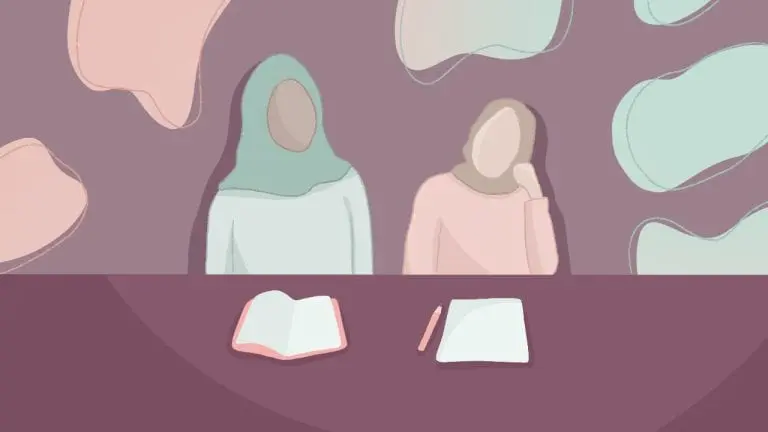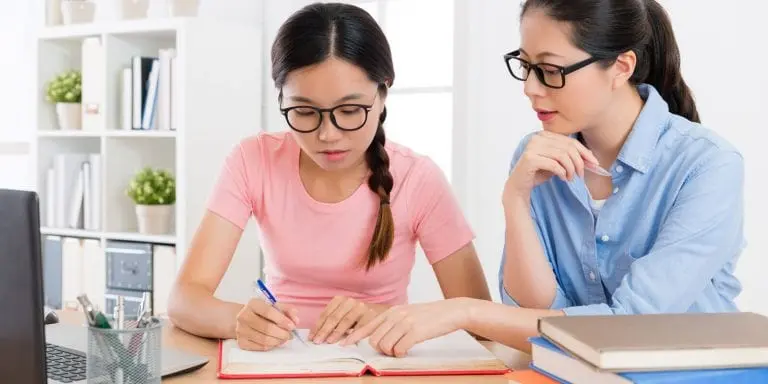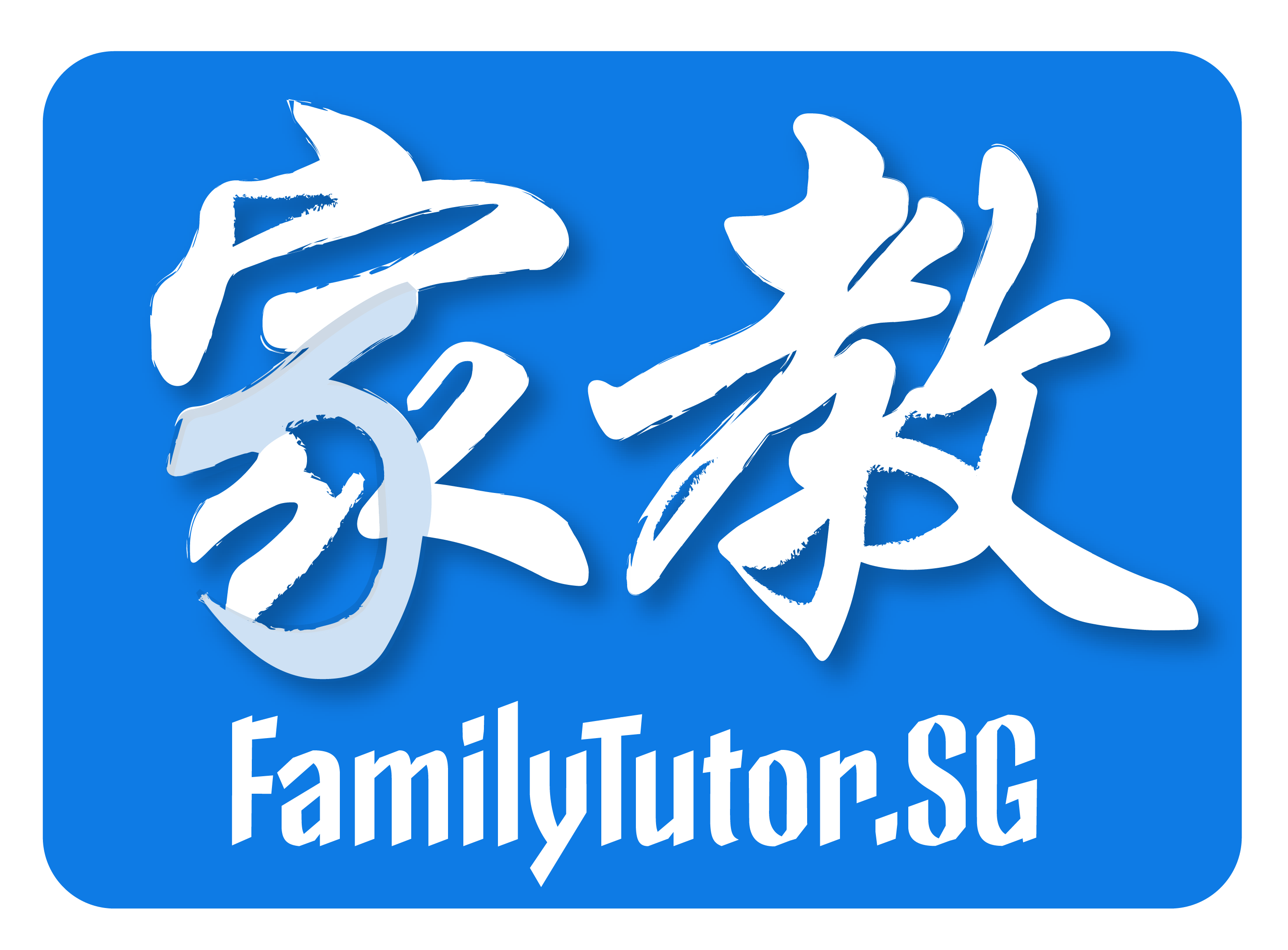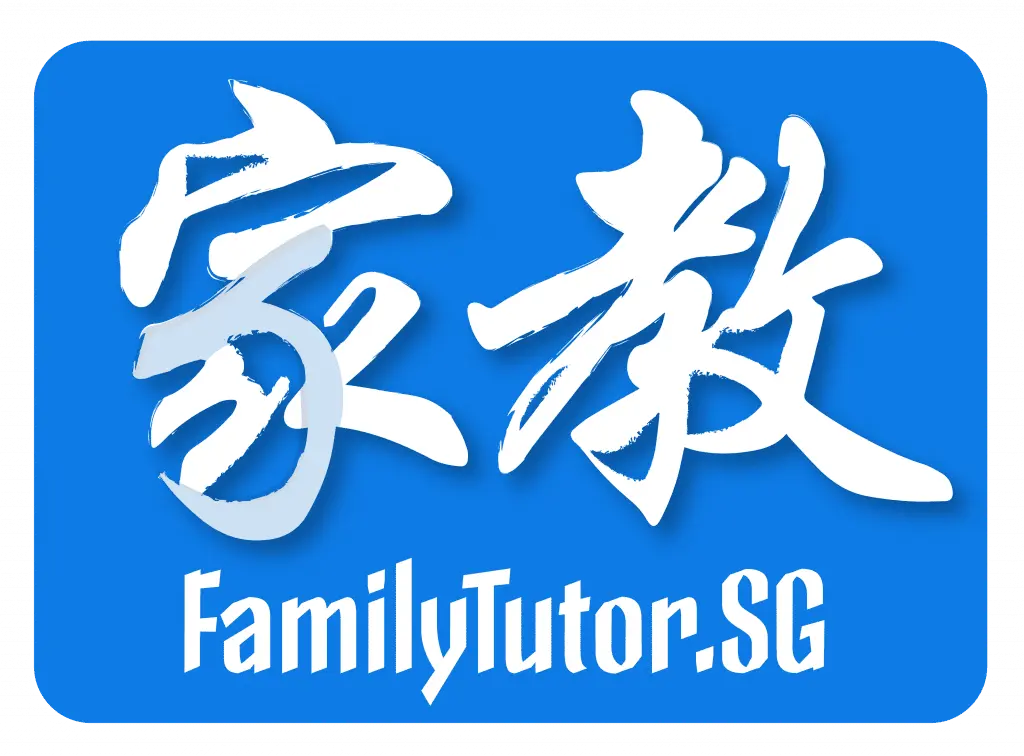
How to Achieve Better Lesson Outcomes as a Tutor

Working as a home tutor brings a lot of satisfaction. You get to see your student’s progress and assist them in reaching their goals. You also get to know them and discover their aspirations. Every home tutor, though, will occasionally question whether they are truly assisting their students in meeting their academic objectives or if they are providing enough support for them.
Table of Contents
Why is achieving better lesson outcomes important for tutors?
Since it immediately affects each child’s academic achievement and personal development, home tutors must help their students reach their full potential. Tutors may increase students’ confidence and motivation, two things that are essential for long-term learning, by assisting them in realizing their full potential. Students are more likely to adopt a positive study attitude and become more involved in their educational journey when they feel encouraged and witness real progress.
For home tutors, aiming for better lesson outcomes is crucial since it guarantees that the time and energy spent on tutoring sessions will be worthwhile. Personalized, excellent tuition can address individual learning gaps and obstacles and help students get a better comprehension of the material. Students benefit from improved academic performance as well as the development of critical thinking and problem-solving skills that are useful outside of the classroom. Essentially, the goal of achieving outstanding lesson outcomes is to give kids a thorough education that will equip them for success in the future.
How to achieve better lesson outcomes?
As a home tutor, it’s understandable that you would want your student to achieve their academic goals and to help them to the very best of your ability. But the question is how? There are many ways to do so but, in this article, we have gathered some tips to get you started in achieving better learning outcomes from your students that will in turn help them achieve their goals.

1. Plan and prepare ahead of tutoring
Planning is the most crucial stage, so start there. The first and most important phase in anything, even tutoring, is planning. If your goal in a lesson is to simply communicate the material to the students in an uncomplicated way, they may become disinterested and learn less efficiently. They will notice if you are just “winging” it and may think you are not prepared for the lesson, in addition to the fact that you are bored. Since they are entrusting you with their lessons, students also expect you to be more prepared.
It is imperative that you plan hands-on activities that will enhance your student’s learning experience. It’s also important to demonstrate to your students that you have prepared just as much as they have for the class. Attend tutoring sessions prepared. You should know what you need to teach your students and the results you hope they will achieve.
Time management is just as important when it comes to lessons. Minute-by-minute planning is crucial because tutoring sessions have a very limited amount of time. Estimate the time you believe each task will require. Prepare for unforeseen events, review the plan in your head, and have backup plans. Keep in mind that things may not go as planned, so it’s best to have a backup plan in case the original one doesn’t work out.
2. Consider different learning styles and needs
It’s important to realize that no matter how well-thought-out your lesson plan is, you still need to consider your students’ varied learning preferences. Everybody knows that not every student learns in the same way and that what might be effective for one student may not be for another. This is why private tuition is so well-liked: it offers a more individualized method of instruction that certain children might not receive in traditional classroom settings.
Since every student learns differently, it’s imperative that you adjust your session to suit their needs. Keep in mind that in order to communicate your ideas more successfully to students who are visual learners, you may need to provide flow charts, diagrams, and numerous illustrations. Clear verbal explanations are more beneficial to auditory learners, who benefit from them learning more effectively. A kinesthetic learner gains superior knowledge through hands-on experiences. Students gain from hands-on learning experiences with actual things in practical classes. Additionally, some students prefer to learn by reading textbooks, taking notes, or studying theories. If you printed out the notes for them to use as references, it would be more beneficial for them.
With that being said, there is also not just one way for students to learn. Sometimes they are a mix of different kinds of learning styles. Utilize differentiated education by letting your students choose the learning strategy that works best for them.
3. Be transparent with your expected lesson outcomes
Even after participating in an interesting lesson, students may not know how to apply what they have learned. It is a good idea to go over the objectives with them before you begin. If a tutor accomplishes this, they will also be aware of what to anticipate from the lesson beforehand.
To assist the students in applying what they have learned, reiterate the learning objectives at the end of the lesson. It’s also possible to make a schedule so that they always know what they are doing. This keeps students motivated to learn since they can see when they need to pay attention and space out their attention spans.
4. Check student understanding
Every lesson should begin and end with a check-in on your students’ comprehension. Before and after the class, you can assess their level of comprehension to determine the pace you can teach and identify any gaps you need to fill before the next lesson.
As a tutor, analyzing your students’ past knowledge is crucial to determining how well they might perform with the strategies you are considering putting into practice. While some tutors administer diagnostic examinations to their students, others gauge their proficiency by asking them to discuss what they know about the subject. In order to ensure that no detail has been overlooked and that the student is making progress toward understanding the material, assessments both during and after classes can be quite helpful. By asking them after class, you might also gather their feedback on how you could have presented the material more effectively so that it would be more interesting and instructive for them the next time.

5. Make sure they pay attention
Throughout the session, you must keep an eye out for any lost or disinterested students. If your student is not paying careful attention to you, then all of your preparation and execution of the lesson may be in vain. Whether they are having difficulty focusing, ask them whether they would prefer the activity to be more physically demanding. Make sure they understand and pay close attention to your instructions so they can complete their tasks.
Conclusion
Being a home tutor can be very rewarding since it gives you the chance to see students grow and succeed while also being able to support them in their endeavors. But there are obstacles along the way, especially when it comes to making sure the help is useful and efficient. Tutors may greatly improve the learning process by carefully preparing, taking into account each student’s unique learning style, establishing clear objectives, assessing comprehension, and sustaining student involvement. These techniques support students in achieving their academic objectives as well as in cultivating a love of learning, which ultimately equips them for success in the future.

Carelle
Carelle is a teacher who has been through the ups and downs of the teacher and learner life. She wishes for every learner to gain educational satisfaction that will help embody the people they want to be in the future.




